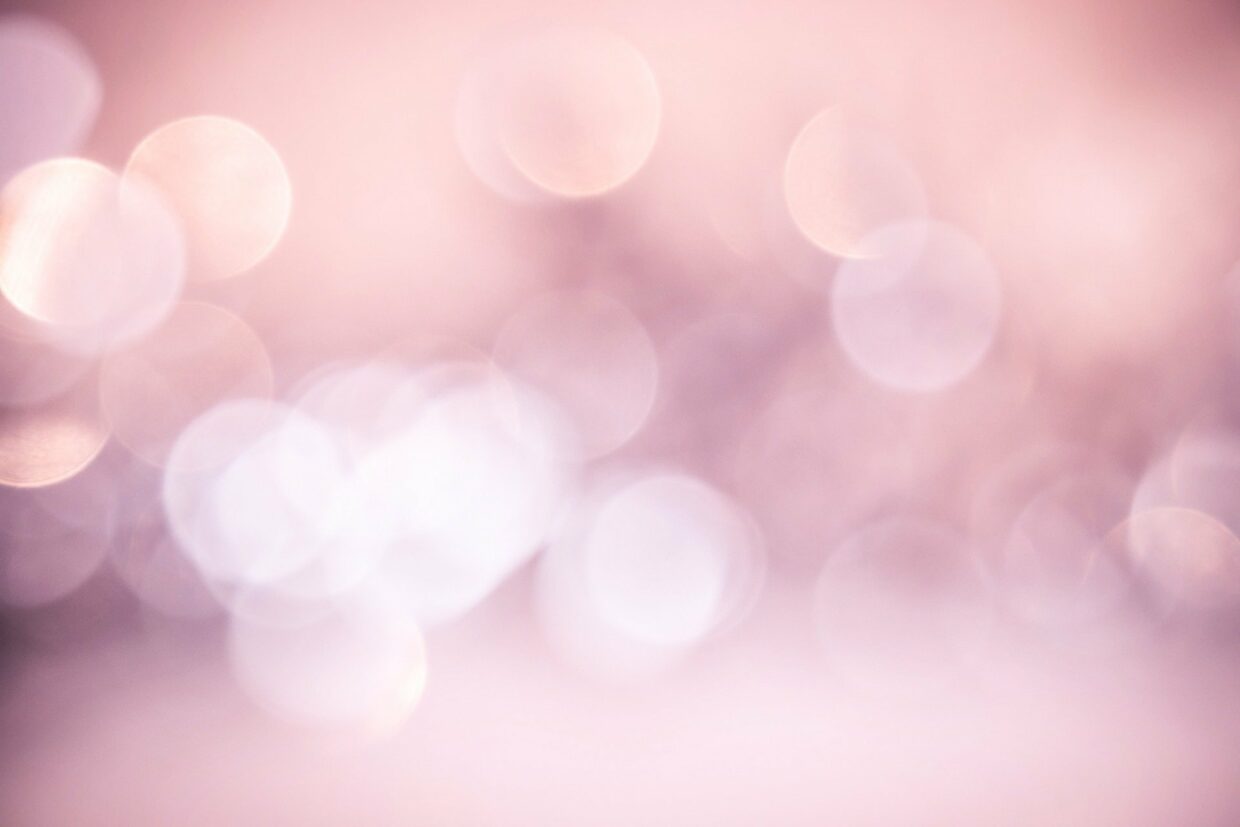
“The world’s oldest living teenager”(Iris Apfel). BOF, 2021
Population ageing is a global demographic phenomenon. According ONS (2018) in 2015, people over 60 years represented 12,3% of the population worldwide and by 2030 is projected to increase to 16,4% and by 2050 to 21,3%. This phenomenon is determined basically by patterns of birthrate, life expectancy (how long people will live) and inmigration.
The UK has been steadily getting older as it showed in the below graphic from Mintel (2020) about the age evolution in the UK from 2014-19 and 2019-24:

As the consumer population diversifies, brands are betting to engage also Gen X (currently 41-56 years old) and baby boomers (currently 57-75 years) generations. Brands are adapting their strategies to deliver values and ways of living instead of just selling products to a specific age target.
Gen X and Baby Boomers generation
Research by WGSN (2016a) “Gen X: Priorities & Spend – WGSN Fashion” shows Gen X´s are “family-first mentality translates to sales”, it means they are the shoppers of the family group and no necessary the final consumers. Also, they show more brand loyalty than other generations and specially from those that are digitally driven. In particular, the 50+ woman is confident and has purchasing power. She is well informed and concerned about her body and soul, for what she is willing to pay for the best products.
On the other hand, baby boomers generation is challenging the myths that life is over after retirement. As life expectancy increases, lifestyles are becoming more active in later life, which means more concern for health and wellbeing is raising. As Boomers become grandparents they want to learn and use digital tools to facilitate relationships between grandparents and grandchildren.
Opportunities for Brands
According WGSN (2014), in the case of beauty market, 65% of growth in the next decade is projected will be triggered by the consumption of older generations. With this approach, beauty Brazilian brand O Boticário launched a campaign to actively encourage women aged 40+ to become digital influencers.
Technologies Start-ups are capitalising these new habits of older generations, generating solutions designed specially por this life stage and their needs, adapting devices to the skills of elderly people. WSGN (2016b) recommends considering the life cycle of these generations (i.e. from empty nest syndrome to retirement and grandparenting) because present unique business opportunities for start-ups.
The rise of social media also reaches these age groups, resulting in a new group of “mature social-media” influencers. In Chile, for example, LG Electronics chose for its latest campaign an 81 year old women (Tia Yoli) who was part of its team of influencers, showing digital tools can be used by anyone regardless of their age.

Another case is the influencer Suzi Grant, with 38.1k Instagram followers, demonstrating that having style is ageless. She inspires with her style, wellness& healthy style.

However, it´s important to consider that it is not just about including old age models or influencers in the communication to show a particular brand is more diverse and inclusive, it is about consistency and how the brands adapt these values to their strategies, creating stories around similar interests.
Obviously, in a marketing plan it is important to define a specific target audience, this should be a starting point, but the communication should have an ageless approach, more attitude oriented to reach a larger demographic range.
